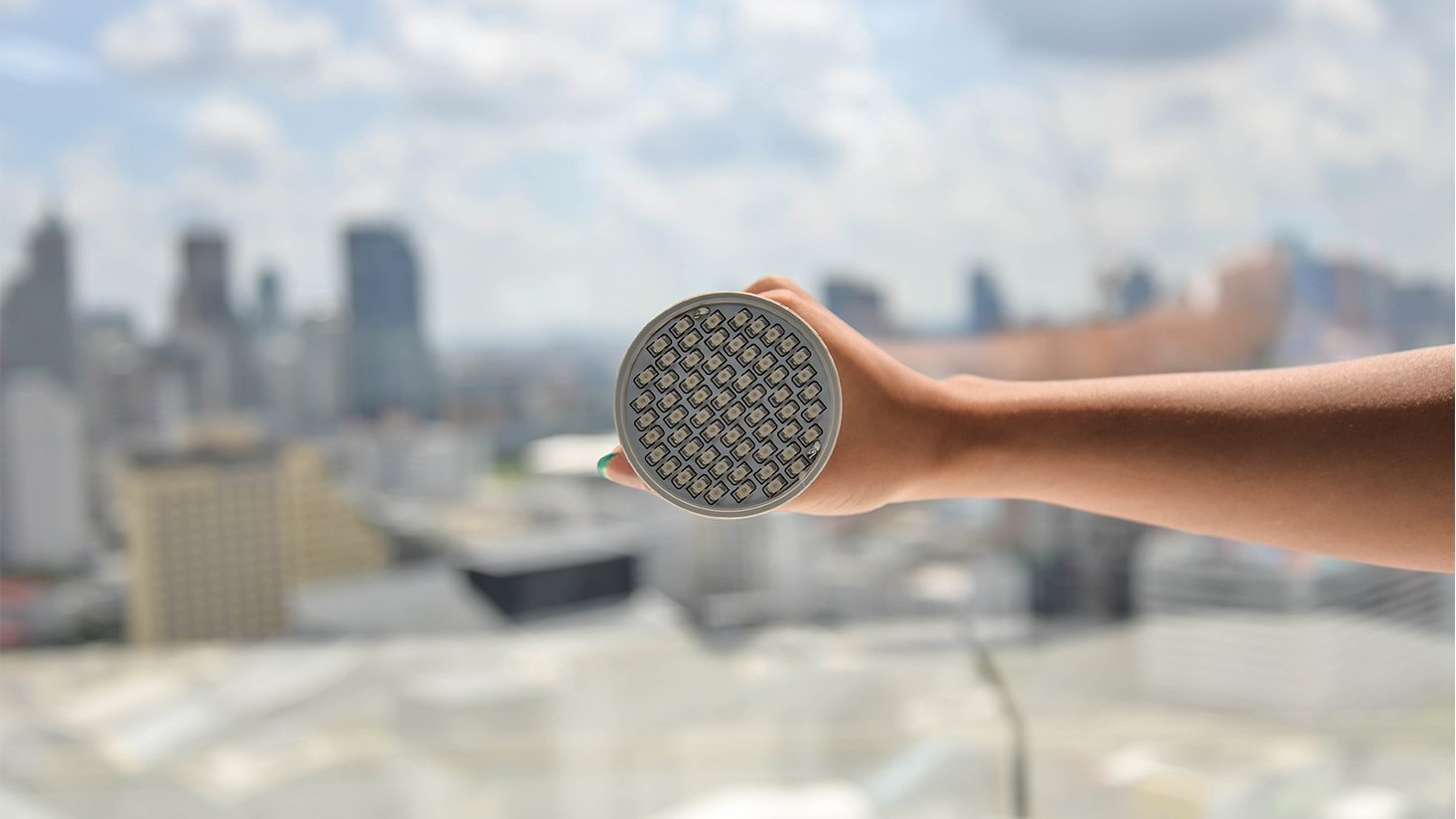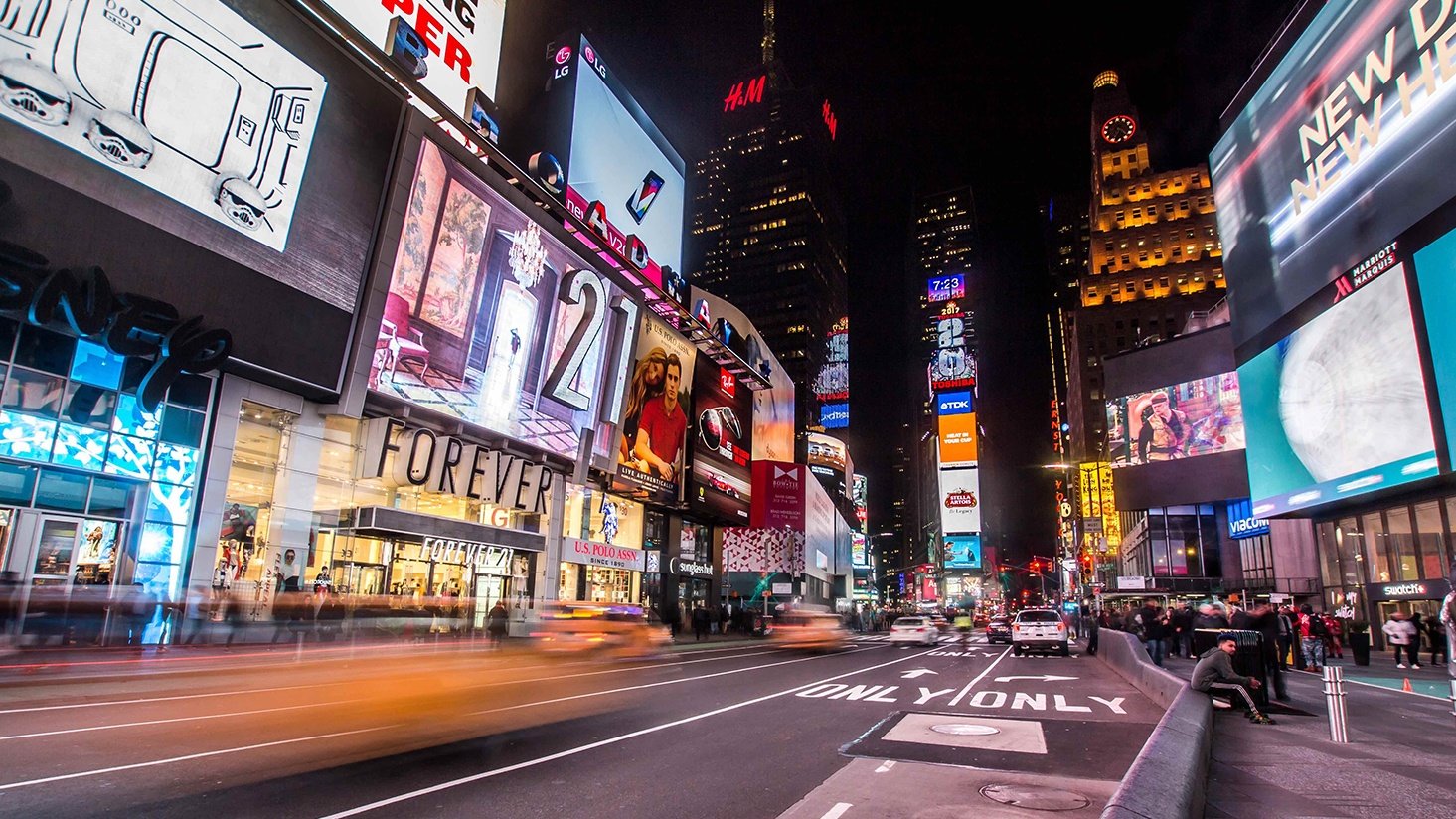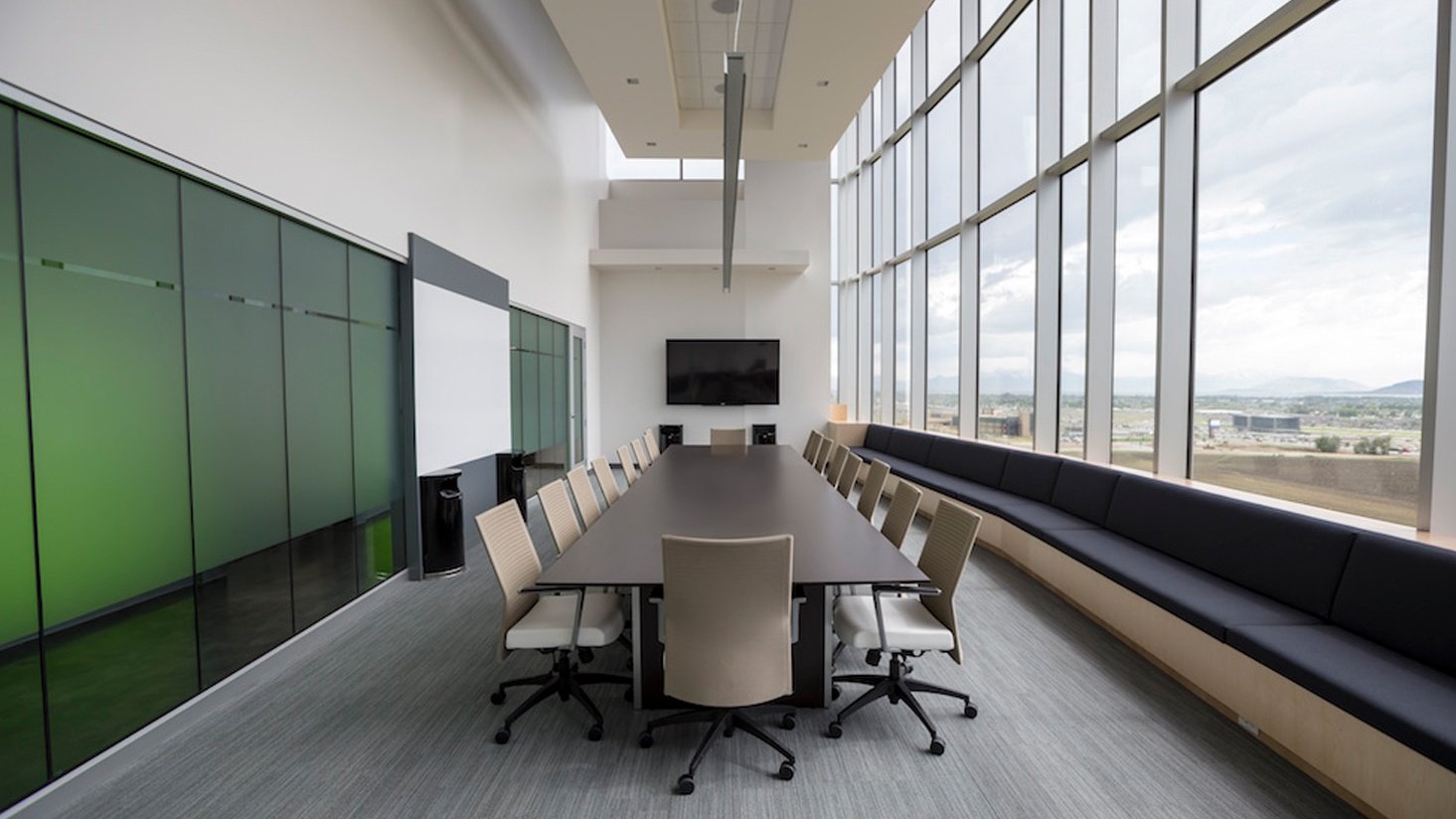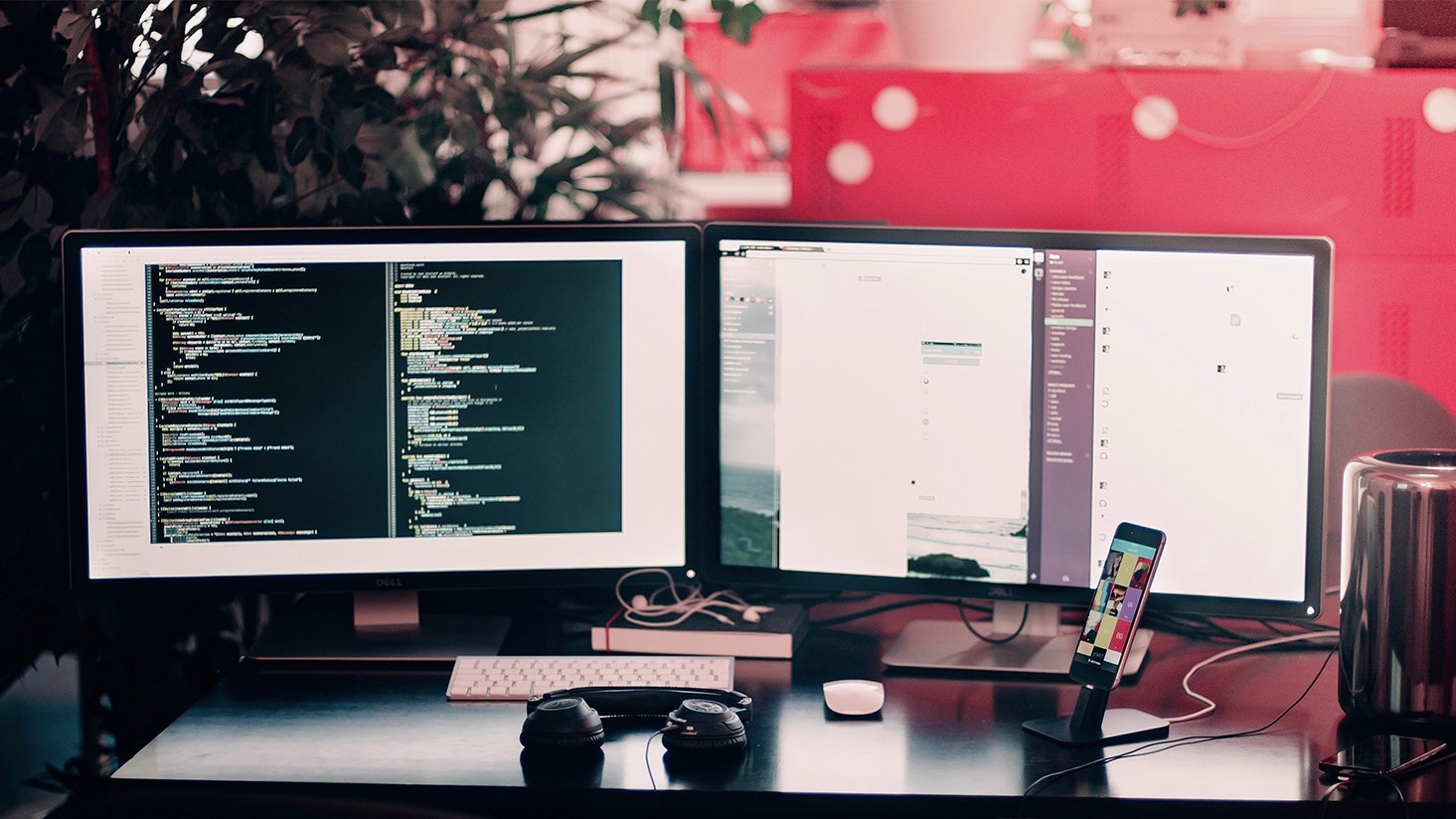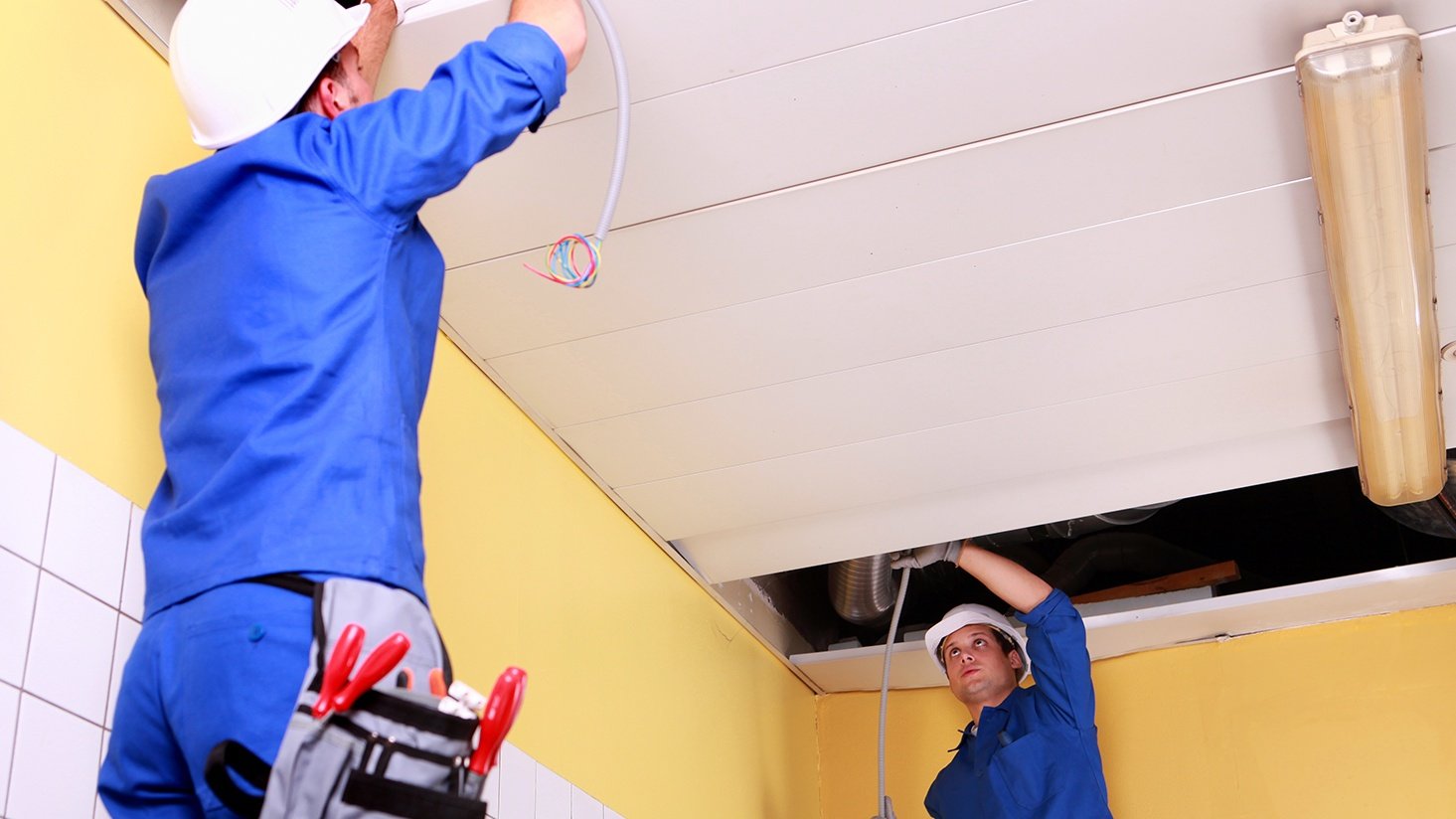Can I use fewer lighting fixtures when upgrading to LED?
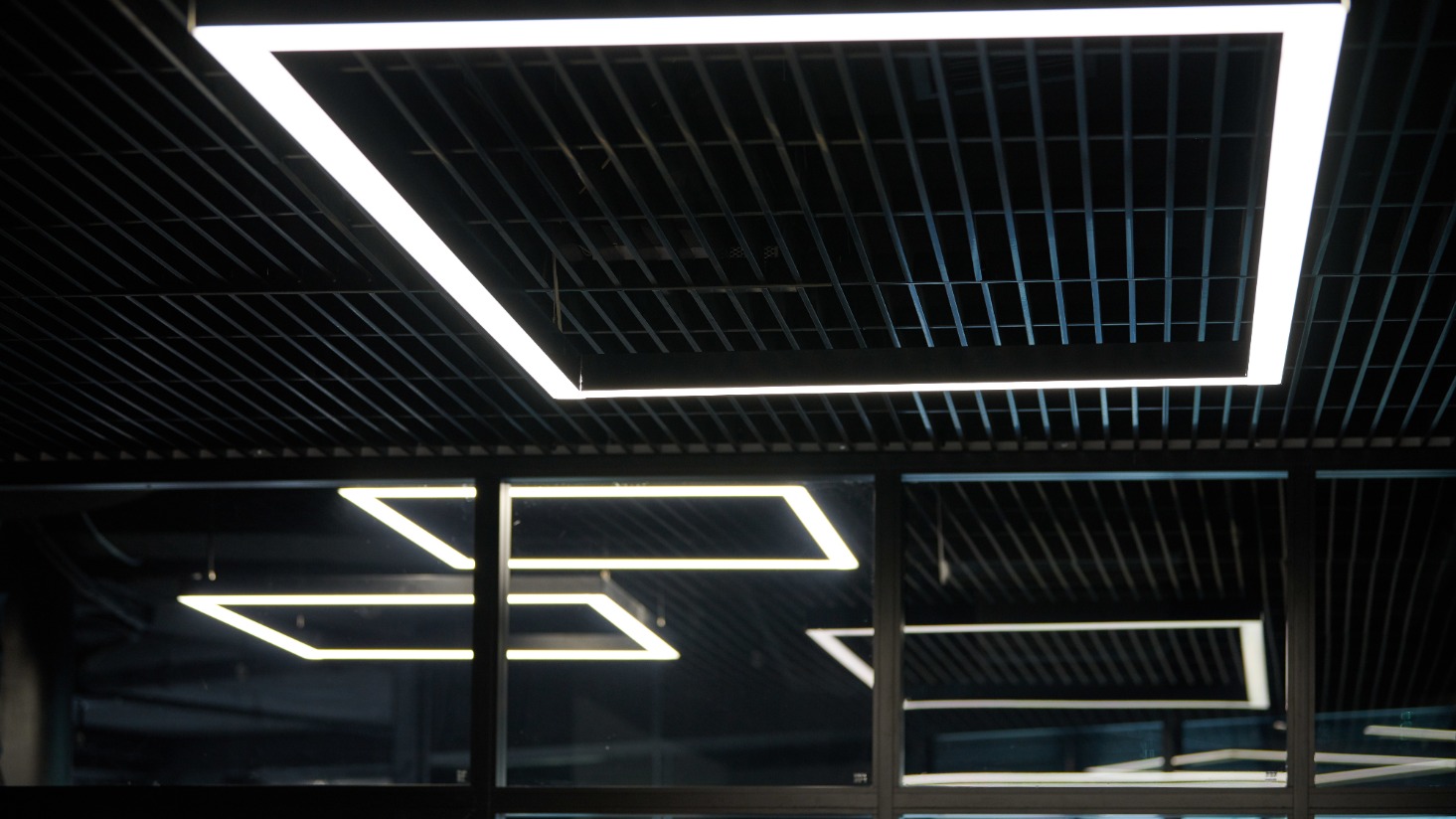
Most of the time an LED upgrade involves unscrewing old light bulbs and screwing in new, energy-saving options in their place. Shocker. But if you’re looking to truly optimize your lighting for the greatest efficiency, this may not be the best approach. And it might cost you more money.
Warning, this is admittedly a bit of a dive into lighting nerd territory, but it could save you a lot of money. Stick with us. If you’d like to jump straight to choosing the right LED fixture, click here.
Why are LED fixtures different than traditional light fixtures?
One of the game-changing advancements with LED fixtures is the ability to have greater control over where the light produced ends up.
With traditional lighting, light is produced in every direction. Think about a fluorescent tube, metal halide bulb, or the typical light bulb in a table lamp. 360-degree light is a wonderful solution for a table lamp, but in most commercial applications, reflectors in the fixture are used to direct stray light in the direction you want it to shine.
With LED lighting, light is produced in a single direction. This gives lighting engineers an extremely flexible way to direct light exactly where it needs to be using advanced optics.
Why LED fixtures are a game changer
Ultimately, the design and technology of LED lighting result is less wasted light and less wasted energy. Here’s another way to think about this. It’s easier to direct a beam of light from the start and distribute it where you want it rather than having to corral and redirect stray light.
Imagine being asked to paint an intricate piece of furniture. Would you rather have a paint roller and four-inch brush to use or would you rather have a variety of brushes, straight and angled, with a variety of widths at your disposal? You can probably get the furniture painted either way, but you’ll probably happier with the result and waste less paint if you go with the solution that gives you more control.
Three ways LED fixture savings add up
The benefits of the design and underlying technology of LED fixtures add up. Here are a few specific examples:
1. Save on electricity costs
We covered this a little already, but the design of LED fixtures means they are the most efficient way to light up a space. This is one reason that LED lighting is the primary way that customers are meeting maximum wattage per square foot energy codes with LED lighting.
2. Save on materials
Because LED fixtures are able to distribute light differently than traditional light fixtures, you may be able to get away with fewer light fixtures in your space.
Here is an example of one customer who had traditional fluorescent light fixtures in a parking garage. Our team was able to use 500 fewer fixtures in the garage while improving the overall lighting. The project paid for itself in 14 months, making it well worth the ongoing savings and proving to be a very strong investment.
3. Save on maintenance
It’s no secret the LED lighting lasts longer than most traditional lighting options. Longer life means less maintenance, but that’s not all. In our example above, 500 fewer fixtures to install also means 500 fewer fixtures to maintain.
How to choose the right LED fixture
LED light fixtures offer great benefits, but they’re also much more difficult to compare and choose than a fluorescent tube to go in your fixture. When it comes to fixtures, you’re also making more of an investment than a simple replacement bulb, so you want to make sure you’re choosing the right product. Here are a few pro tips:
- Choose a reputable manufacturer.
- Look for an example of the fixture in use.
- Ask for a payback analysis.
- Ask for warranty details.
Our team has experience with hundreds of manufacturers and lighting applications. If you’re considering new LED light fixtures, we’re happy to help you sift through the technical specs, jargon, and confusion.
Here are a few other helpful resources you may want to review:






